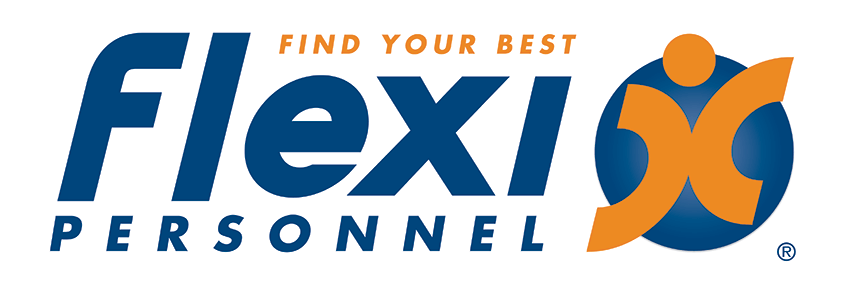
Should your company move to an agile framework?
Quite often the focus of a business is internal – ‘how we do things around here’. It’s challenging finding the time to understand how innovation is affecting your industry and how you might leverage this to help your business achieve its goals. Many organisations have reported significant business benefits from moving to an agile framework. Before deciding whether this method of working can offer benefit to your business, it’s important to first consider what ‘agile’ means and how it works.
What is agile?
According to agilemethodology.org, agile is an alternative to traditional project management. Teams complete tasks through specific work structures, meetings and planning sessions. The traditional role of the Project Manager is divided into 3 different roles of the Scrum Master, Product Owner and Team. The team have a set of meetings to complete. Some of these are referred to as ‘Backlog Grooming’, ‘Sprint Planning’, and ‘Daily Scrum meetings’.
What are the benefits of agile?
Agile is used successfully in product development and is helpful in gaining momentum and reducing ‘analysis paralysis’ so that the team have clearly defined goals to achieve within strict timeframes. Additionally, as the role of the Project Manager is split into 3 different roles, the pace of the project is maintained, ensuring the Project Manager is not overloaded with responsibility. Also, rather than the team being distracted by indirect topics, these are ‘car parked’ for a later discussion meaning the momentum of the meeting is not lost.
How do you know if adopting an agile framework is right for your business?
Traditional Project Management follows the Waterfall Method: a sequential design process which is often used for software development. Like a waterfall, each of the stages must be completed to flow into the next. Some of the risks include running overtime on initial stages, leaving later stages such as testing with inadequate time.
Conversely, using an agile framework, all stages of the projected are worked through concurrently and there is an increase in communication and transparency between team members. The best way to determine if agile is the right framework for your company is to understand if the culture of the business supports it. Does your business require an external facilitator to manage the introduction of agile to the business or is this something that can be managed internally? Also, what is considered a successful outcome for the project?
When done correctly, agile is hugely beneficial, says Nathan Wilson, Research Director of Gartner. It has the potential to increase collaboration and engagement while decreasing time to market. Like anything, it can create significant problems for a business if it’s not conducted correctly.
Partnering with an HR Consulting firm such as Flexi Personnel can provide opportunities to improve the effectiveness of your business – speak to one of our HR Consultants regarding some of our business improvement strategies.






